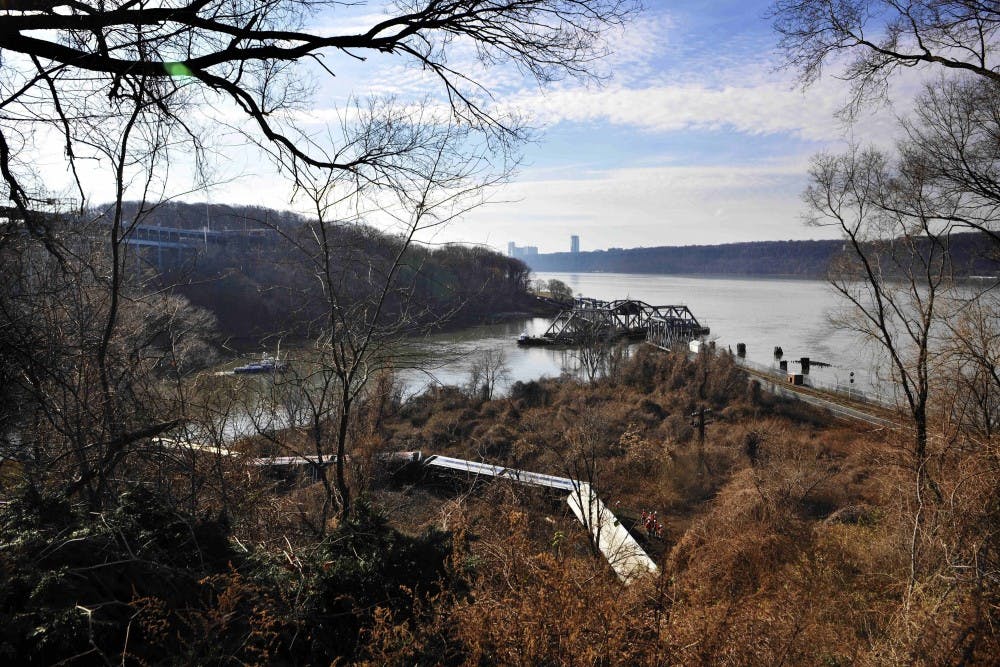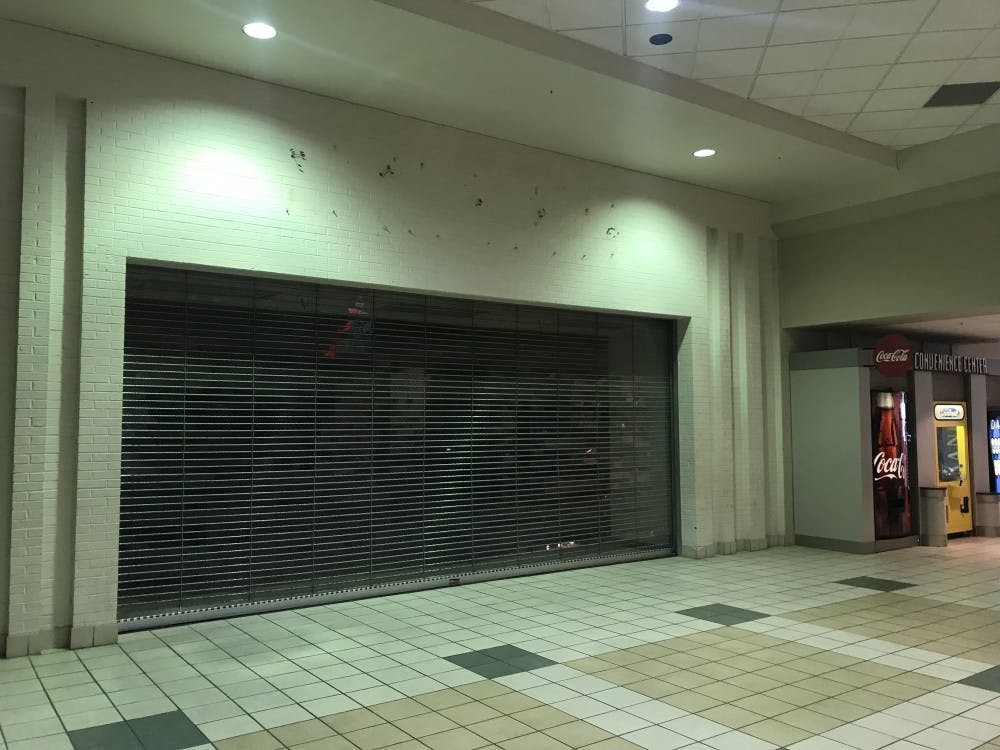The day after:
-The seven cars and locomotive that derailed were returned to the tracks Monday.
-Many of those hurt by the crash were released from the hospital Monday morning.
-Seven passengers are in an intensive care unit and another two are in critical condition.
-About 26,000 commuters faced changes in their routes, some using buses and cars to get to work. No major delays interrupted the early rush hour.
• The train that derailed over the weekend was going 82 mph at the time of its crash.
• The reasons for the high speed or lack of brakes is still unknown.
• The railroad agency was in the process of installing technology that could have prevented the derailment.
YONKERS, N.Y. — A commuter train that derailed over the weekend, killing four passengers, was hurtling at 82 mph as it entered a 30 mph curve, a federal investigator said Monday. But whether the wreck was the result of human error or brake trouble was unclear, he said.
Asked why the train was going so fast, National Transportation Safety Board member Earl Weener said, “That’s the question we need to answer.”
He would not disclose what the engineer operating the train had told investigators. Weener said investigators were examining the engineer’s cellphone — apparently to determine whether he was distracted.
Weener said the information on the locomotive’s speed was preliminary and extracted from the Metro-North train’s two data recorders, taken from the wreckage after the Sunday morning accident in the Bronx.
He said the throttle went to idle six seconds before the derailed train came to a complete stop — “very late in the game” for a train going that fast — and the brakes were fully engaged five seconds before the train stopped.
Asked whether the tragedy was the result of human error or faulty brakes, Weener said, “The answer is, at this point in time, we can’t tell.”
He said investigators are not aware of any problems with the brakes during the nine stops the train made before the derailment.
As investigators mined the data recorders for information, workers righted the fallen cars along the curve, a bend so sharp that the speed limit during the approach drops from 70 mph to 30 mph.
It takes about a mile for a train going 70 mph to stop, said Steve Ditmeyer, an adjunct professor of railway management at Michigan State University and a former official with the Federal Railroad Administration.
The wreck came two years before the federal government’s deadline for Metro-North and other railroads to install automatic-slowdown technology designed to prevent catastrophic accidents caused by human error.
Metro-North’s parent agency and other railroads have pressed the government to extend the deadline a few years because of the cost and complexity of the Positive Train Control technology, which uses GPS, wireless radio and computers to monitor locomotives’ position and speed and stop trains from colliding, derailing or going the wrong way.
If a PTC system had been in place, “assuming the braking system was working normally, this crash would not have happened,” said Grayd Cothen, a former safety official with the Federal Railroad Administration.
He said the system would probably have alerted the engineer to the speed of the train and the approaching curve, and if the engineer had failed to brake manually, the PTC would have probably forced the train to stop.
“This incident, if anything, heightens the importance of additional safety measures, like that one,” said Sen. Richard Blumenthal of Connecticut, which is also served by Metro-North. “And speaking for myself, I’d be very loath to be more flexible or grant more time.”
Margie Anders, a spokeswoman for Metro-North’s parent, the Metropolitan Transportation Authority, said the agency began planning for a PTC system as soon as the law was put into effect.
“It’s not a simple, off-the-shelf solution,” she said.
The engineer, William Rockefeller, was injured and “is totally traumatized by everything that has happened,” said Anthony Bottalico, executive director of the rail employees union. He said Rockefeller, 46, was cooperating fully with investigators.
“He’s a sincere human being with an impeccable record that I know of,” Bottalico said. “He’s diligent and competent.”
He added Rockefeller has been an engineer for about 11 years and a Metro-North employee for about 20.





